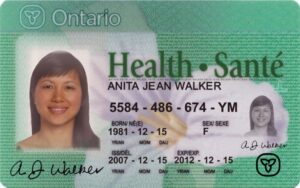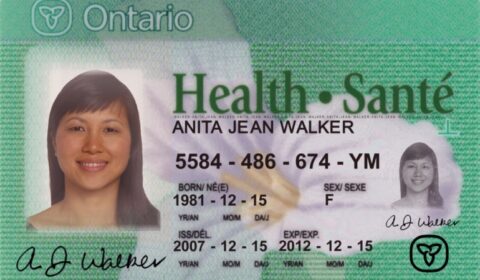$3.3B FOR ONTARIO HEALTH CARE; $17B FOR ECONOMY
QUEEN’S PARK — Together apart, provincial politicians put partisanship aside here yesterday in response to COVID-19.
The legislature agreed to the Ford government’s “action plan,” passing a bill to add an extra $3.3 billion to Ontario’s health-care system, and it says $3.7 billion in direct support for people and jobs.
MPP Norman Miller said in a release Wednesday that the province, in response to the worsening pandemic, unveiled its economic and fiscal update that includes a $17-billion aid package to ensure the necessary resources are in place to protect the health of Ontario’s people and economy.
He said that “in a rare non-partisan moment,” Bill 188 passed to act upon the initiatives within the fiscal update.
The plan consists of aforementioned $3.3 billion more for health care, $3.7 billion to help stimulate the staggered economy, and $10 billion available to businesses through tax and other deferrals.
Miller said: “It addresses many of the immediate issues facing Ontario and includes some of the largest contingency funds in Ontario history.
“I am proud that all four parties represented in the legislature worked together to get this bill passed quickly in face of this crisis.”
Finance Minister Rod Phillips added in the same release his “number one priority right now is ensuring that our front-line health care professionals have the resources they need to fight the COVID-19 outbreak.”
“The people of Ontario can have confidence that we will do whatever it takes to protect their health and well-being. These additional resources will enhance hospital capacity, protect our loved ones in long-term care, and support our public health officials’ work to flatten the curve and slow the spread.”
The $3.3-billion health care spending includes:
- $341 million for an additional 1,000 acute care and 500 critical care beds and additional assessment centres.
- $160 million in increased public health funding to support COVID-19 monitoring, surveillance, and laboratory and home testing, while also investing in virtual care and Telehealth Ontario.
- $243 million for the long-term care sector for 24/7 screening, more staffing to support infection control, and supplies and equipment to help tackle the COVID-19 outbreak.
- $75 million to supply personal protective equipment and critical medical supplies to front-line staff to tackle COVID-19.
“During this global pandemic, I want the people of Ontario to be focused on their health — not worrying about losing their job or how to make ends meet as they deal with unexpected additional expenses,” said Phillips. “We are helping make life a little more manageable for every person in Ontario, while providing additional support to those who need it the most.”
As part of the action plan, the province also announced $3.7 billion to support families, seniors and workers.
Key initiatives include:
- Funding to help parents with costs associated with school and daycare closures;
- Increasing payments for low-income seniors;
- Suspending time-of-day pricing for electricity;
- Expanding emergency assistance administered by Ontario Works;
- Funding for charitable and non-profit social service organizations;
- Funding for First Nations communities;
- And a six-month holiday on repaying OSAP loans.
The government plan also includes $10 billion to support people and businesses through tax and other deferrals to improve their cash flows over the coming months.

